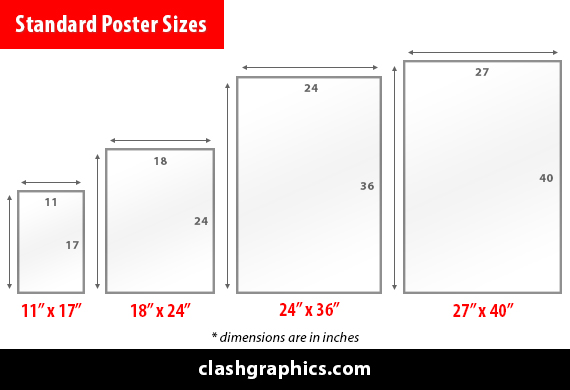History, Timeline, and Evolution of Computer Printers
Posted by Clash Graphics on 18th Feb 2019
Which came first, the inkjet or the laserjet? Look no further for the answers to your printer evolution questions. Get ready for a glance at 500 years of brilliance which transformed the very way we live and work. For over half a Mill…
read more






